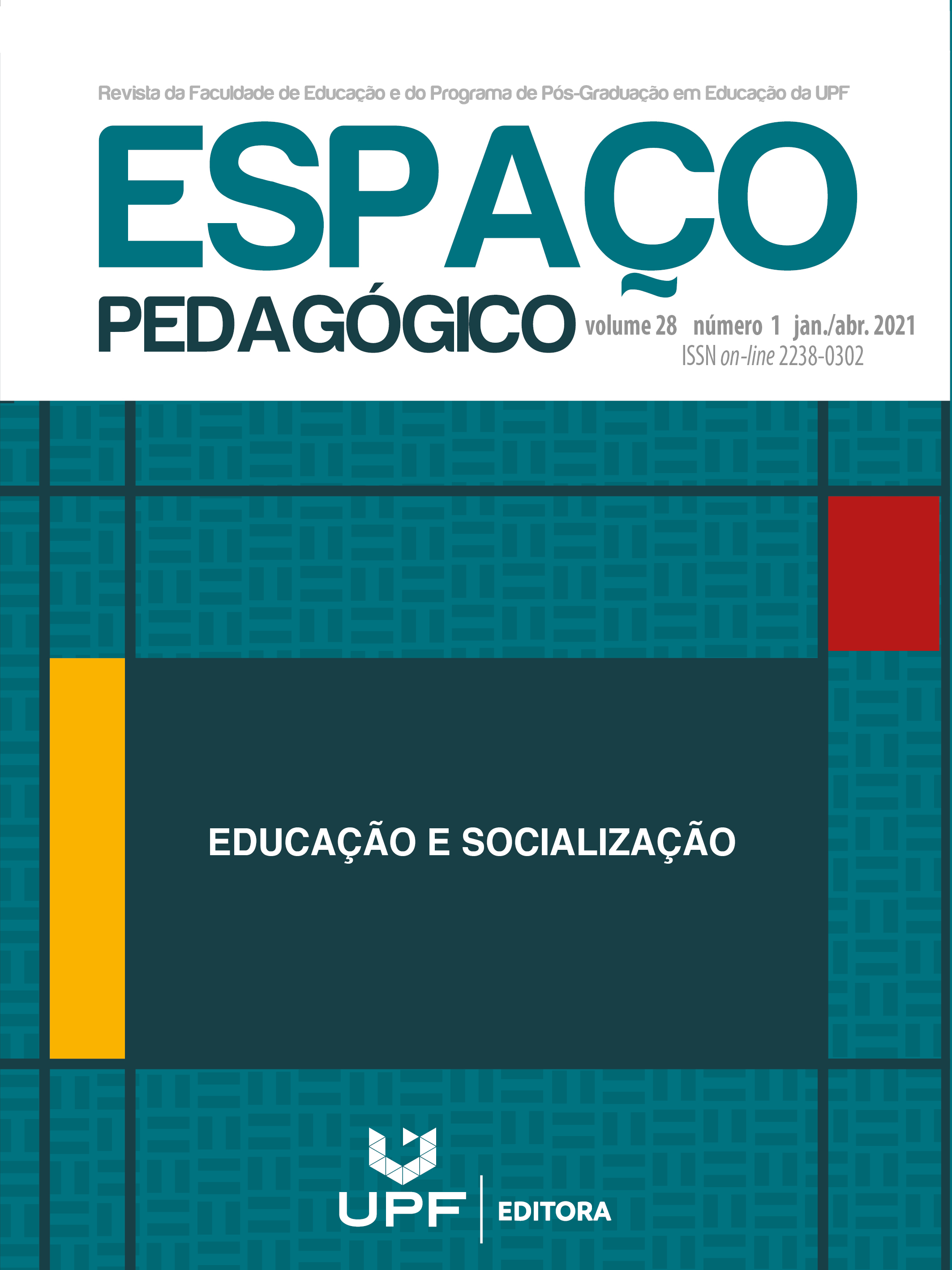Resolution of algorithms and addiction and subtraction problems: Resolution of algorithms and addiction and subtraction problems
DOI:
https://doi.org/10.5335/rep.v28i1.9813Keywords:
Algorithms; Dyscalculia; TroubleshootingAbstract
This article presents part of the results of a Master's research developed with five students presenting the diagnosis or prognosis of Developmental Dyscalculia. The objective is to analyze the strategies used by participants to solve conventional problems, comparing them with those used to solve algorithm. Standardized tests were used, being only in addition and subtraction operations. For analysis of the collected data we opted for the Discursive Textual Analysis. It shows that for algorithms resolution the only strategies used are mental calculation and the use of fingers. Regarding conventional problem solvingOf the standard type, the most used strategy was the use of algorithms, and then again the mental calculation and the use of the fingers. It shows that the students, although having diagnosis or prognosis of Operational Dyscalculia present a larger number of errors in the execution of the subtraction algorithms. However, the problem solving performance is satisfactory, pointing out that the understanding of the concept of addition and subtraction, therefore the Ideognostic Dyscalculia, is not linked to the training of the algorithm.




